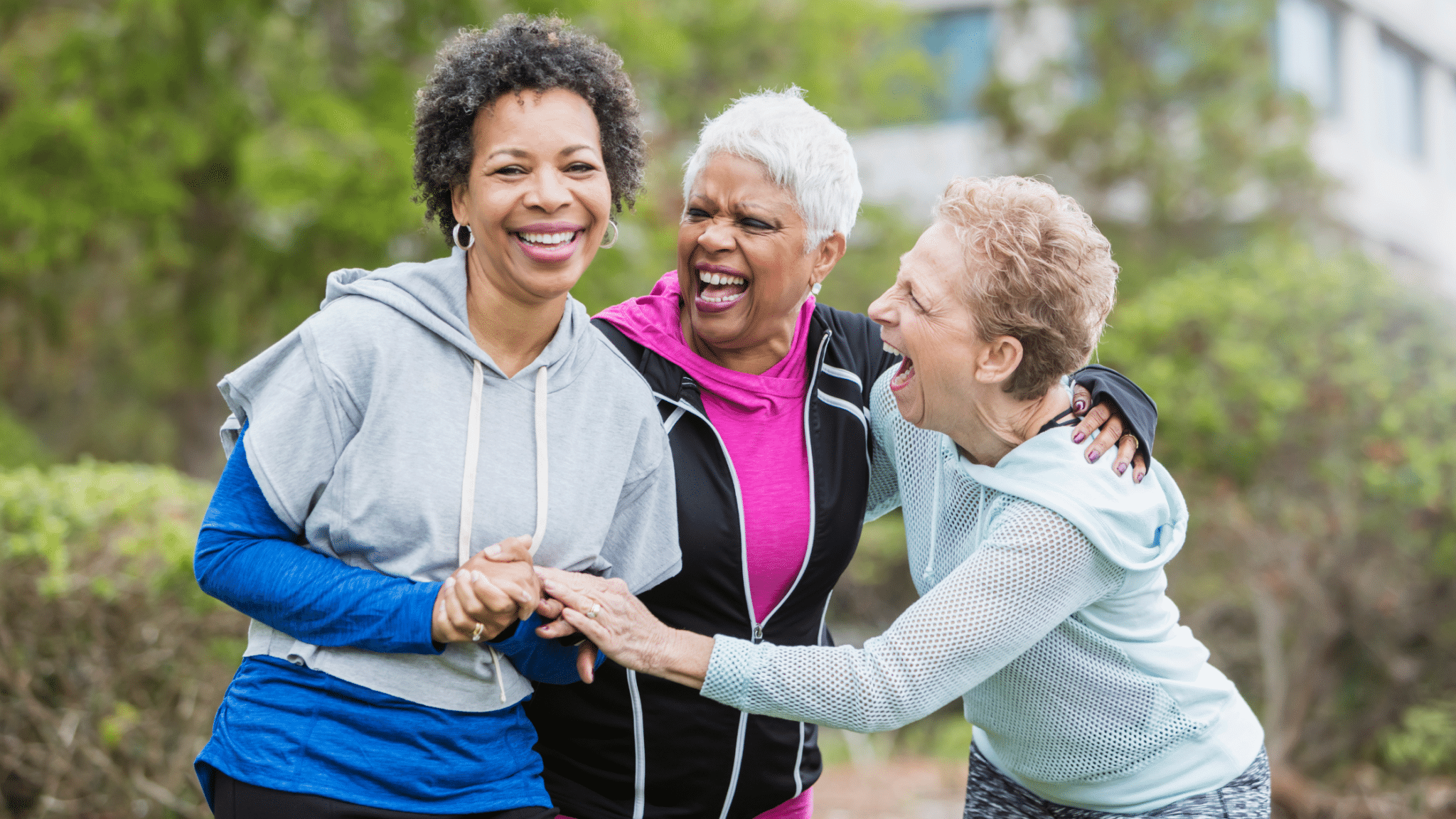Navigating Safely: Fall Prevention Strategies in Your Neighborhood

Walking and being active outdoors can provide numerous mental and physical health benefits. However, navigating outdoor environments also presents fall risks that shouldn’t be overlooked, specifically when it comes to curbs.
One study by Keegan et. al found that most outdoor falls (73%) were precipitated by environmental factors, such as uneven surfaces and tripping or slipping on objects, and usually occurred on sidewalks, curbs, and streets. Stepping up and down curbs is very common, mainly in an urban setting.
Curbs can be too high, too low, or broken, and present a fall hazard. At a fast glance, the eye may not easily distinguish a single step, especially if the color of the 2 heights is similar. They can blend, leading the person to think there is one level and misstep.
Falls can lead to serious injuries, so it’s crucial to take preventive measures. In this post, we’ll explore effective strategies to help you stay safe and steady while outdoors, with a particular emphasis on curb-related fall prevention.
Be Mindful of Your Surroundings
Situational awareness is key when walking outdoors. You may have a lot of familiarity in your neighborhood and community but still need to be vigilant. Pay close attention to your path, looking out for potential trip hazards like uneven surfaces, cracks, or obstacles.
When approaching a curb, slow down and proceed with caution, ensuring you have a clear view of the step-down or step-up. Check the height and shape of the curb before stepping up or down.
Wear Appropriate Footwear
Proper footwear can significantly reduce your risk of falling. Choose shoes with non-slip soles and adequate traction, ensuring a secure grip on various outdoor surfaces. Avoid wearing slippers, flip-flops, or shoes with smooth soles, as these can increase your chances of slipping or tripping, especially when navigating curbs.
Use Curb Cuts and Ramps
Whenever possible, take advantage of curb cuts or ramps designed for pedestrian accessibility. These features provide a gradual transition between the street and sidewalk, eliminating the need to step up or down a curb. Look for these accommodations at intersections and designated crosswalks.
transition between the street and sidewalk, eliminating the need to step up or down a curb. Look for these accommodations at intersections and designated crosswalks.
Pay Attention to Weather
When walking outdoors it is important to pay attention to slippery surfaces caused by rain, ice, or snow. These slick conditions significantly increase the risk of dangerous falls, which can lead to serious injuries. Curbs and transitions between surfaces pose an even greater threat when slippery, as they can catch the edge of a shoe and cause a loss of balance.
Taking smaller, flatter steps and going slowly is advisable when negotiating curbs or areas where traction may be compromised. A little added caution can prevent painful and debilitating slips and falls.
Consider Using Mobility Aids
If you have balance or mobility issues, consider using assistive devices like canes, walkers, walking poles, or even a companion’s arm for added stability. These aids can provide extra support and confidence when navigating curbs and uneven terrain.
Stay Physically Active
Regular physical activity can improve your strength, balance, and coordination. All of these things contribute to better stability and fall prevention. Consult with your trusted healthcare professional. They can provide personalized advice and exercises to help you stay active and independent for years to come.
Remember, falls can happen to anyone, but taking preventive measures can significantly reduce your risk. Prioritizing safety doesn’t mean sacrificing independence – it’s about empowering yourself to enjoy all that the world has to offer while staying safe and healthy.
Stay safe, stay mobile, and enjoy exploring your community!
This post was contributed by the Friends Life Care Falls Risk Prevention Committee.
Friends Life Care posts on the eMeetinghouse blog to share useful information with members and friends. If you are a member of Friends Life Care and have questions about falls prevention, please reach out to your care coordinator. If you are not yet a member and want to learn more about how membership helps aging adults successfully age in place, contact a plan counselor to get your questions answered.
References:
Centers for Disease Control and Prevention. (2023). STEADI – Older Adult Fall Prevention. https://www.cdc.gov/steadi/index.html
National Council on Aging. (2023). Fall Prevention Facts. https://www.ncoa.org/article/fall-prevention-facts
Gillespie, L. D., Robertson, M. C., Gillespie, W. J., Sherrington, C., Gates, S., Clemson, L. M., & Lamb, S. E. (2012). Interventions for preventing falls in older people living in the community. Cochrane Database of Systematic Reviews, (9).
Li W, Keegan TH, Sternfeld B, Sidney S, Quesenberry CP Jr, Kelsey JL. Outdoor falls among middle-aged and older adults: a neglected public health problem. Am J Public Health. 2006 Jul;96(7):1192-200. doi: 10.2105/AJPH.2005.083055. Epub 2006 May 30. PMID: 16735616; PMCID: PMC1483851.
Leave a Comment
